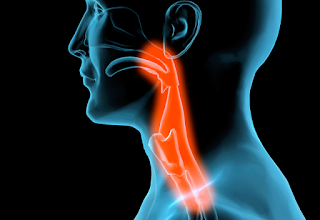Early Signs & Symptoms
Early breast cancer usually does not cause pain. In fact, when breast cancer first develops, there may be no symptoms at all. But as cancer grows, it can cause changes that women should watch for:
Early breast cancer usually does not cause pain. In fact, when breast cancer first develops, there may be no symptoms at all. But as cancer grows, it can cause changes that women should watch for:
- A lump or thickening in or near the breast or in the underarm area.
- A change in the size or shape of a breast.
- Nipple discharge or tenderness, or the nipple pulled back (inverted) into the breast.
- Ridges or pitting of the breast (the skin looks like the skin of an orange).
- A change in the way the skin of the breast, areola, or nipple looks or feels (for example,warm, swollen, red or scaly).
- A woman should see her doctor about any symptoms like these. Most often, they are not cancer, but it’s important to check with the doctor so that any problems can be diagnosed and treated as early as possible.





